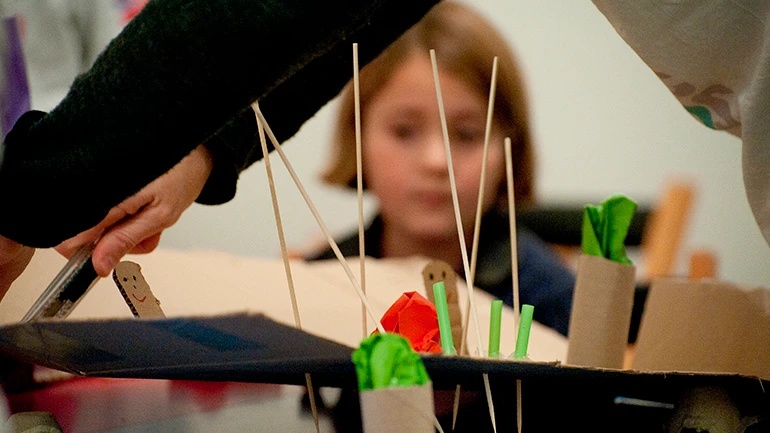
Held on 22 abr 2022
When you hear the word “library”, what is the first thing that comes to mind? Books? Full shelves? Study? Complete silence? This architecture workshop invites people to discover the nature of the Museo Reina Sofía Library, the history of its construction and the use of its space while passing through. What’s it like inside? What happens if it is explored with a set objective or from another perspective? No doubt there will be unexpected discoveries!
Aimed at adults with children aged between 6 and 12, the workshop sets out to travel through, analyse and play with the Library’s architecture, the work of French architect Jean Nouvel, which is presented as a haven of peace amid the hubbub of Madrid. Children and adults closely examine and gaze, architecturally, at the building, observing from another point of view, from experimentation and play.
The tour ends with a collective construction of scale models to imagine the ideal library in the 21st century, in accordance with the current needs of users (adults and youngsters).
Exploring, acting, building, changing, drawing, feeling, touching, modifying, imagining and proposing; there is room for everything in this activity, where participants also have the chance to discover other library projects to imagine new realities and put forward new spaces to improve lives in neighbourhoods. For libraries are not just places where books are kept, they are places of research, reading and silence; they house spaces for learning, encounters, project creation, knowledge connections and much more besides.
Participants
Chiquitectos is a fun education project involving children and young people in the world surrounding them, awakening their interest in architecture, the environment, the city and sustainable development. They contribute to creating participatory citizens who are responsible for their own decisions and able to change the state of play.
AMECUM (the Madrid Association of Cultural Mediators) arises from an urgent need to make visible and professionalise the exercise of cultural mediation and its role as a social tool to develop critical citizens. Its commitment involves generating knowledge that revolves around professions from the experience of practice, creating networks, sharing knowledge and fostering critical reflection collectively.
Organised by
Museo Reina Sofía
Collaboration
Más actividades

Oliver Laxe. HU/هُوَ. Dance as if no one were watching you
Tuesday, 16 December 2025 – 7pm
As a preamble to the opening of the exhibition HU/هُوَ. Dance as if no one were watching you, film-maker Oliver Laxe (Paris, 1982) engages in conversation with the show’s curators, Julia Morandeira and Chema González, touching on the working processes and visual references that articulate this site-specific project for the Museo Reina Sofía. The installation unveils a new programme in Space 1, devoted from this point on to projects by artists and film-makers who conduct investigations into the moving image, sound and other mediums in their exhibition forms.
Oliver Laxe’s film-making is situated in a resilient, cross-border territory, where the material and the political live side by side. In HU/هُوَ. Dance as if no one were watching you, this drift is sculpted into a search for the transcendency that arises between dancing bodies, sacred architectures and landscapes subjected to elemental and cosmological forces. As a result, this conversation seeks to explore the relationship the piece bears to the imagery of ancient monotheisms, the resonance of Persian Sufi literature and the role of abstraction as a resistance to literal meaning, as well as looking to analyse the possibilities of the image and the role of music — made here in collaboration with musician David Letellier, who also works under the pseudonym Kangding Ray — in this project.
These inaugural conversations, part of the main working strands of the Museo’s Public Programmes Area, aim to explore in greater depth the exhibition narratives of the shows organised by the Museo from the perspective of artists, curators and specialists.
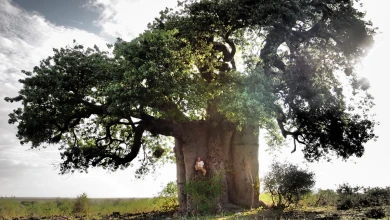
Francisco López and Barbara Ellison
Thursday, 11 December - 8pm
The third session in the series brings together two international reference points in sound art in one evening — two independent performances which converse through their proximity here. Barbara Ellison opens proceedings with a piece centred on the perceptively ambiguous and the ghostly, where voices, sounds and materials become spectral manifestations.
This is followed by Francisco López, an internationally renowned Spanish sound artist, who presents one of his radical immersions in deep listening, with his work an invitation to submerge oneself in sound matter as a transformative experience.
This double session sets forth an encounter between two artists who, from different perspectives, share the same search: to open ears to territories where sound becomes a poetic force and space of resistance.
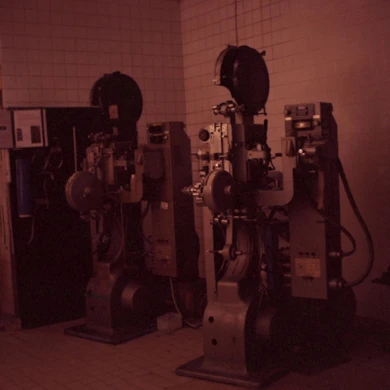
Long Live L’Abo! Celluloid and Activism
4, 5, 6 DIC 2025
L’Abominable is a collective film laboratory founded in La Courneuve (Paris, France) in 1996. It came into being in response to the disappearing infrastructures in artisan film-making and to provide artists and film-makers with a self-managed space from which to produce, develop and screen films in analogue formats such as Super 8, 16mm and 35mm. Anchored in this premise, the community promotes aesthetic and political experimentation in analogue film opposite digital hegemony. Over the years, L’Abominable, better known as L’Abo, has accompanied different generations of film-makers, upholding an international movement of independent film practices.
This third segment is structured in three sessions: a lecture on L’Abo given by Pilar Monsell and Camilo Restrepo; a session of short films in 16mm produced in L’Abo; and the feature-length film Une isle, une nuit, made by the Les Pirates des Lentillères collective.
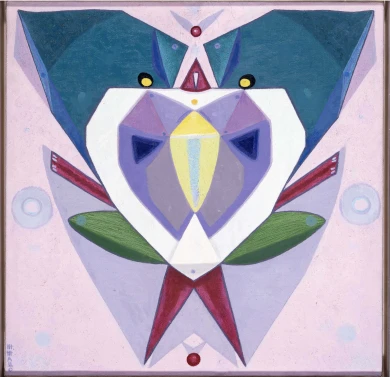
Estrella de Diego Lecture. Holding Your Brain While You Sleep
Wednesday, 3 December 2025 – 7pm
Framed inside the Museo Reina Sofía’s retrospective exhibition devoted to Maruja Mallo, this lecture delivered by Estrella de Diego draws attention to the impact of the artist’s return to Spain after her three-decade exile in Latin America.
Committed to values of progress and renewal in the Second Republic, Mallo was forced into exile to Argentina with the outbreak of the Civil War and would not go back to Spain to settle definitively until 1965 — a return that was, ultimately, a second exile.
Mallo saw out her prolific artistic trajectory with two impactful series: Moradores del vacío (Dwellers of the Void, 1968–1980) and Viajeros del éter (Ether Travelers, 1982), entering her most esoteric period in which she drew inspiration from her “levitational experiences” of crossing the Andes and sailing the Pacific. Her travels, both real and imaginary, became encounters with superhuman dimensions.
In parallel, her public persona gained traction as she became a popular figure and a key representative of the Generation of ‘27 — the other members of which also started returning to Spain.
This lecture is part of the Art and Exile series, which seeks to explore in greater depth one of the defining aspects of Maruja Mallo’s life and work: her experience of exile. An experience which for Mallo was twofold: the time she spent in the Americas and her complex return to Spain.
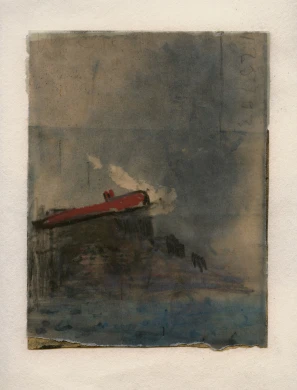
Juan Uslé. That Ship on the Mountain
Tuesday, 25 November 2025 – 7pm
Ángel Calvo Ulloa, curator of the exhibition Juan Uslé. That Ship on the Mountain, engages in conversation with artist Juan Uslé (Santander, 1954) in the Museo’s Auditorium 400 to explore in greater depth the exhibition discourse of this anthological show spanning four decades of Uslé’s artistic career.
The show casts light on the close relationship Uslé’s work bears to his life experiences, establishing connections between different stages and series which could ostensibly seem distant. Framed in this context, the conversation looks to explore the artist’s personal and professional journey: his memories, experiences of New York, his creative process, conception of painting, and ties with photography and film, and the cohesiveness and versatility that characterise his art. Key aspects for a more in-depth understanding of his artistic sphere.
The conversation, moreover, spotlights the preparatory research process that has given rise to this exhibition to grant a better understanding of the curatorial criteria and decisions that have guided its development.
These inaugural conversations, part of the main working strands of the Museo’s Public Programmes Area, aim to explore in greater depth the exhibition narratives of the shows organised by the Museo from the perspective of artists, curators and specialists.



![Miguel Brieva, ilustración de la novela infantil Manuela y los Cakirukos (Reservoir Books, 2022) [izquierda] y Cibeles no conduzcas, 2023 [derecha]. Cortesía del artista](https://recursos.museoreinasofia.es/styles/small_landscape/public/Actividades/ecologias_del_deseo_utopico.jpg.webp)
![Ángel Alonso, Charbon [Carbón], 1964. Museo Reina Sofía](https://recursos.museoreinasofia.es/styles/small_landscape/public/Actividades/perspectivas_ecoambientales.jpg.webp)